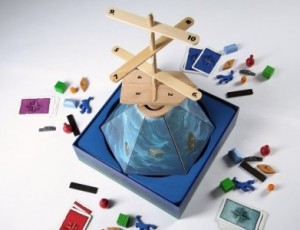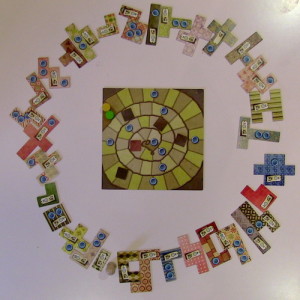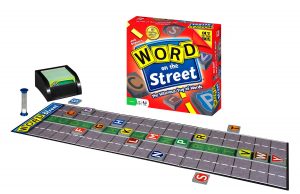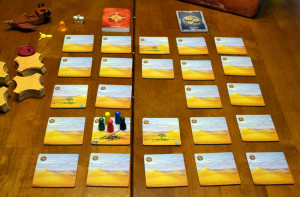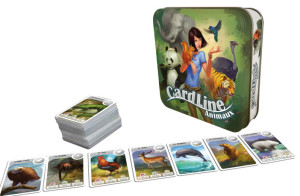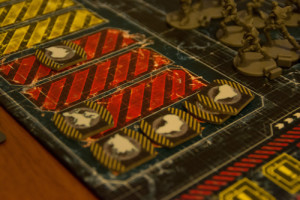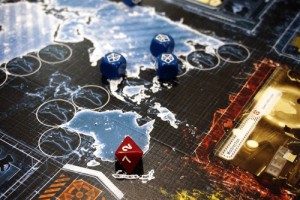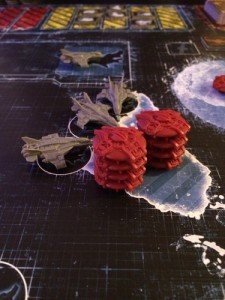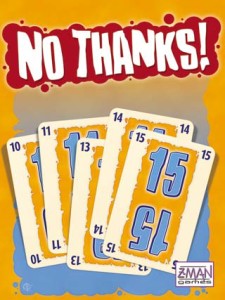IBGC is a ‘bang on’place for a first date. Sitting there trying to make constant conversation for fear of looking boring can heighten the stress levels on a date. With a game between the two of you, you have something to talk around and about. Picking the right game can be a bit tricky though, so here’s some help to stop you #$%@ing up the first date with your dream girl by trying to get her to play Agricola…
Here are some general rules to follow:
- Don’t make it too ‘thinky’. First off, thinking means you are not talking. Talking is generally good on a first date. Also, if strategy isn’t your thing and you get hammered, you’ll feel stupid. Feeling or making someone feel stupid is also bad.
- Games should be a reasonable length of time. 20-30 mins is a nice amount of time. Chatting around that usually extends the game anyway.
- Try and make sure they are fun. If you have fun with someone, you’ll probably want to see them again.
- Make sure they are simple to learn as well. Explaining rules to someone for 20 minutes is not traditionally what you would call a conversation.
- Ask us to help you if your not sure, we don’t play tonnes of games to find the perfect one for you for fun you know (OK we do, but we try and make it seem like work)
So here are few good IBGC approved first date games:
Jenga/Riff Raff – Fun, simple and silly. Jenga is a classic, and if you want something different ask us to show you Riff Raff.
Patchwork – Easy to learn and fun to play. You are making a patchwork quilt, there is some strategy to the game, but its non-confrontational and at the end of the game you’ll have a lovely quilt in front of you (plus you get to say ‘buttons’ a lot).
Word on the Street – Word games are always a good call. Its a concept we all get and this tug of war style game is great as the questions are easy and the time constraint means Scrabble players don’t have 5 mins to think of amazing answers.
Forbidden Desert – Co-operative games are great as you win and lose together (celebratory hug or consolitary hug, win/win situation baby). Just don’t start being bossy and telling the other player what to do, or tutting if they do something you wouldn’t have…
Cardline/Timeline – Super easy to learn and fun to play. If you both know history do timeline, if not go with Cardline. Do you know how heavy a Panda is? That’s OK, so long as you know they are heavier than a Rabbit, you’ll be fine.


